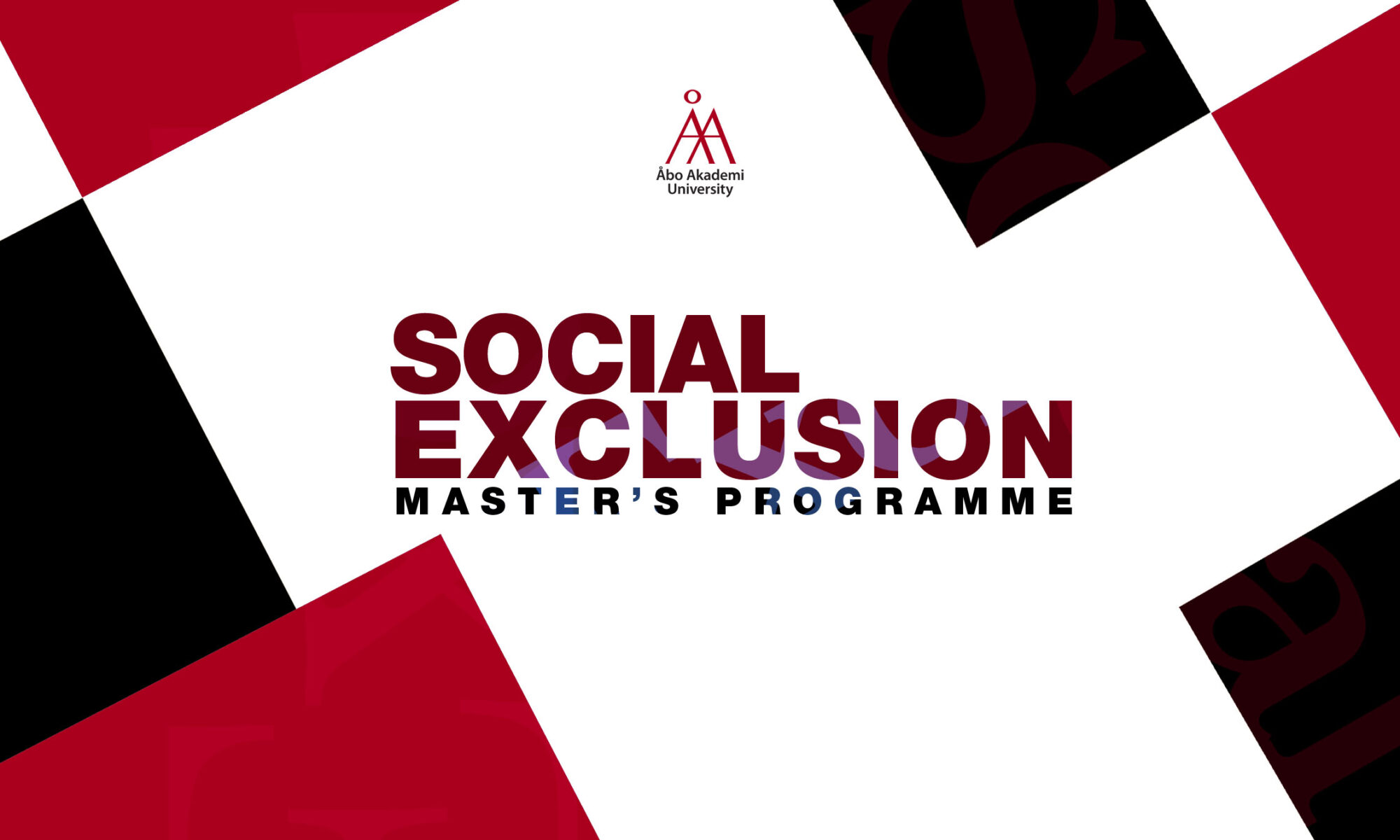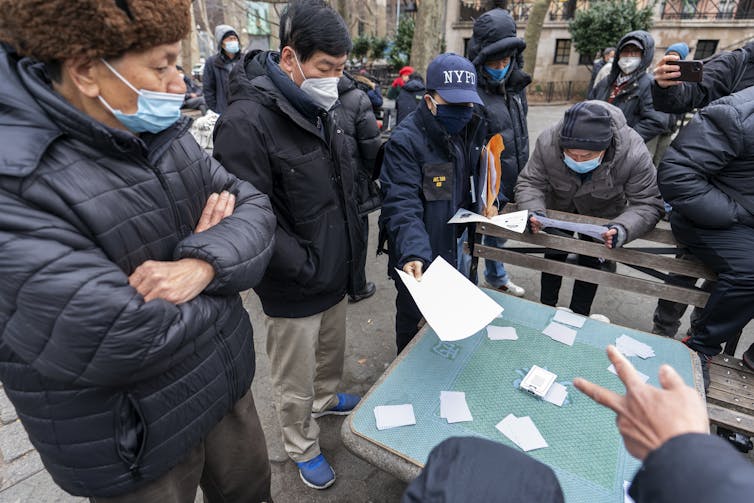Written by Valentina Frank
Have you ever seen a photo of a beautiful person and ended up in front of a mirror unconsciously comparing yourself with the photo? The more you look at yourself, the more flaws you find in your appearance, and your self-esteem can easily be affected. In today’s world, you constantly get brainwashed into thinking that you are not enough the way you are and should change your looks to become a “better person”. I recently wrote a blog post regarding the issues of beauty standards, but I feel there is so much more to research and study on the subject. This time, I didn’t have an aim for where I was going with my post; I just started surfing the internet on beauty standards and looks. With the help of photos and images, I want to analyze and give my thoughts on this subject.
I started by simply googling “beautiful woman”, and in just the blink of an eye, my screen was filled with dozens and dozens of beautiful women. Most of the women that popped up as the definition of a beautiful woman were white. I noticed only a handful of “genuinely” colored women when scrolling through the images. Many women probably have different ethnic backgrounds, but with the help of makeup, hairstyling, and heavy photoshop, they were whitewashed to fit the norm of the beauty standards. I made a quick google search on what the biggest ethnic group in the world is; Han-Chinese. What stunned me was that I had to scroll through the pictures of the beautiful women for quite a while until I came across a picture of a woman who could fit the standards of a Han-Chinese. It is very odd that only one picture could represent the biggest ethnic group in the world amongst the hundreds of photos. However, it is an eye-opener to how Eurocentric our beauty standards are.

“Beautiful woman”
I then went on to type “handsome man” in my google search, and I was shocked. Several handsome men popped up on my screen, but all of them were white! It took me quite a few scrolls to find a man with a different ethnic background than a Caucasian white, and when I finally found one, he was heavily whitewashed. I scrolled through the whole first page of “handsome men” and was shocked to notice that I didn’t come across a single black man; keep in mind that I went through several hundreds of different photos. The lack of representation of people of color in our society is unfortunate and there is no wonder that non-white people feel excluded when it comes to beauty standards.

“Handsome man”
People with disabilities in our society are another group of people who face constant exclusion, and the risk of them being marginalized is significant. About 15% of the world population experience some sort of disability, yet the representation of people with disabilities in the context of beauty is almost non-existent. Recently I came across an article about the first girl with down syndrome to become Victoria’s Secret model. Victoria’s Secret as a brand feeds off people’s insecurities and their desire of looking like runway models. It’s no surprise that people would like to look like the beautiful women representing the brand; I mean they are some of the most beautiful women we’ve ever seen. The issue is that the life behind the scenes of the runway models is not glamorous at all. Starvation, invasion of privacy, and unrealistic expectations of their looks are just the iceberg tip. The fact that a girl with a visual disability has been accepted to represent a brand as heavily concentrated on looks as Victoria’s secret is a sign that we are slowly moving in the right direction. People who suffer from disabilities- or anyone who feels they can’t fit the norm of beauty, can now refer to a supermodel, gain confidence, and truly understand that they are as beautiful as anyone, despite their imperfections.

“Victoria’s Secret models”

“Sofia Jirau, the first Victoria’s Secret model with down syndrome”
In my previous blog post, I explained how we become limited and exclude ourselves from society due to our insecurities. We feel anxious that our imperfections will define us as human beings, and therefore we want to protect ourselves by hiding them. The issue is that these so-called “imperfections” most often are only in our heads. It would help if you did not exclude yourself from society because you feel you don’t fit perfectly to beauty standards. I mean, who really fits? Almost everybody has insecurities, meaning most people think they can’t define themselves as “perfect”. So why even strive for perfection? It is such an unrealistic aim. What you can do instead is to think about what you define as beautiful. Not what the media or the society thinks. What does the definition of beautiful mean to you? Then you try to change your aim and strive for that without caring about what’s important to others.
Because at the end of it all, why do we even care about looks? What matters is the way we act towards one another, and everyone should be able to enjoy their life without being limited by the way they look.
References:
Fleming, E. (2021) “What is the most common race in the world?”, Sidmartinibio.org Available: https://www.sidmartinbio.org/what-is-the-most-common-race-in-the-world/
Infogram. “Race of the world population” Available:
https://infogram.com/race-of-the-world-population-1go502yg18k62jd
Basaninyenzi, U.(2021) “Disabilitiy inclusion”, Worldbank.org Available: https://www.worldbank.org/en/topic/disability#1
Weigel, M. (2019) “What Life Is Really Like For A Victoria’s Secret Model”
Ranker.com Available:
https://www.ranker.com/list/daily-life-of-a-victorias-secret-model/mason-weigel
Acevedo, N. (2022) “First Victoria’s Secret model with Down syndrome is Latina” Nbcnews.com, Available:
https://www.nbcnews.com/news/latino/first-victorias-secret-model-syndrome-latina-rc na16533
Photo by Zoey Grossman, published by glamour.com (2022)
Available: https://www.glamour.com/story/sofia-jirau-makes-history-as-the-first-victorias-secretmodel-with-down-syndrome
Photo by Evan Agostini, published by wbur.org (2020) Available:
https://www.wbur.org/news/2020/01/03/victorias-secret-models-thinner

 This massive amount of debt serves as an enormous claim on the future wages of the working class, and it also works to make sure that they have the most challenging time earning enough even to begin paying it off.
This massive amount of debt serves as an enormous claim on the future wages of the working class, and it also works to make sure that they have the most challenging time earning enough even to begin paying it off.



